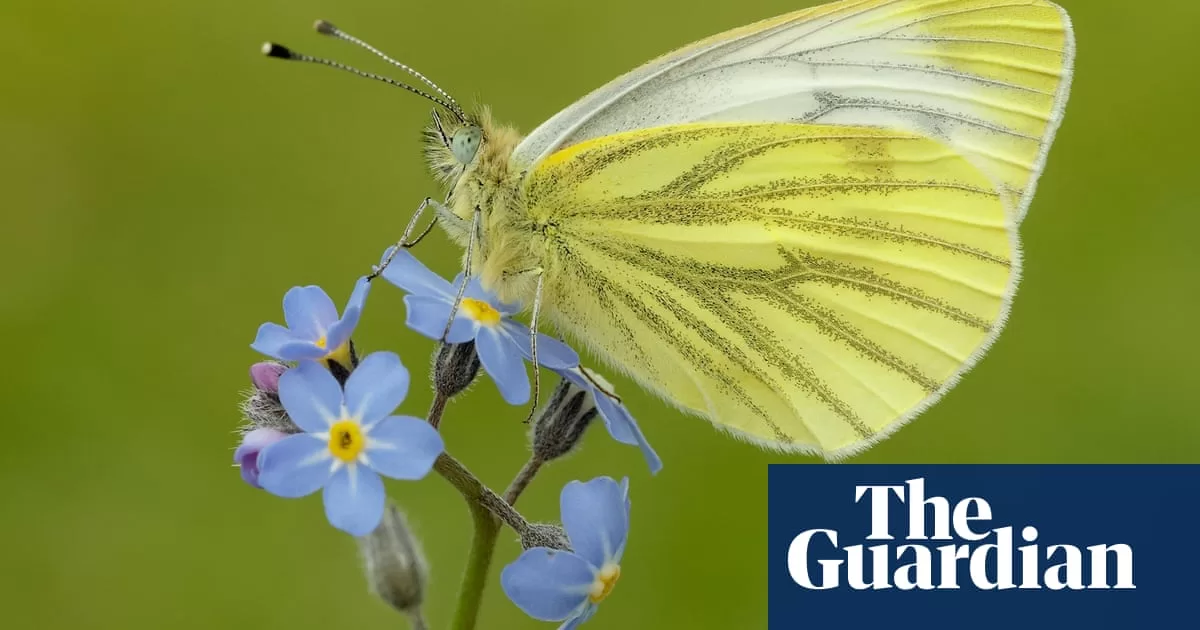
Last summer was the fifth worst in nearly half a century for butterflies in Britain, according to the biggest scientific survey of insect populations in the world.
For the first time since scientific recording began in 1976, more than half of Britain’s 59 native species are in long-term decline.
Nine species suffered their worst year on record, including the once-common small tortoiseshell, the small copper, small skipper, large skipper and green-veined white.
Dr Richard Fox, the head of science at Butterfly Conservation, said the “devastating” butterfly declines had been brought about by human actions.
“We have destroyed wildlife habitats, polluted the environment, used pesticides on an industrial scale and we are changing the climate,” he said. “That means that when we have poor weather, these already-depleted butterfly populations are highly vulnerable and can’t bounce back like they once did – and with climate change, that unusual weather is becoming more and more usual.”
Common butterflies found in gardens, parks and the general countryside had their second-worst summer since 1976, with 51 of the 59 native species falling in number compared with 2023.
Butterfly numbers fluctuate annually because of the fickle British climate, and the summer of 2024 was notable for its wet spring and relatively cool temperatures. But the data from the UK Butterfly Monitoring Scheme (UKBMS), in which volunteers scientifically count butterflies at more than 3,000 sites across the country, reveals that 31 of the native species are in long-term decline.
The decline of the small tortoiseshell is mystifying scientists because the butterfly was once ubiquitous in gardens and its caterpillars feed on stinging nettles, an extremely common plant. The summer of 2023 was the worst on record for the small tortoiseshell, only for the butterfly to suffer a further decline last year.
While conservationists have scored notable successes with reviving critically endangered butterfly species in recent decades, among those experiencing their worst ever years were species already listed as threatened on the “red list” for British butterflies: the grizzled skipper, small pearl-bordered fritillary and chalkhill blue.
after newsletter promotion
Butterfly Conservation is leading calls this year to reduce council grass-cutting and encourage people to leave lawns long to benefit butterflies and other insects. Scientific research last year revealed that gardens with long grass increased butterfly abundance and species.
“By far the best thing we can do to help butterflies is to create more habitat,” said Fox. “That is why we are calling on people and councils across the UK to pledge to not cut their grass this year from April to September: this simple act can make a real, immediate difference to butterflies, moths and other wildlife.”
